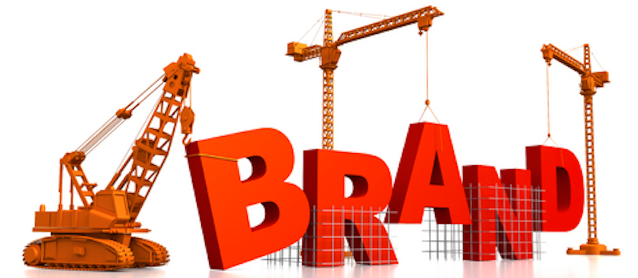Industrial Branding Basics
I write a lot about Inbound (Internet) Marketing … the need for a world class website, social media marketing, search engine optimization, and content marketing. Some people may think that’s all Marketects does, I write about it so much! That’s certainly not all we do; but it’s such a successful form of marketing (yes, even for industrial companies) that I can’t contain myself at times.
Sometimes we’re fortunate enough to work with a client from the ground up, and grow their marketing program over many years. This means starting with the most fundamental marketing process any company should go through, which is developing a brand identity and strategy. Inbound Marketing comes later and is part of the marketing communications plan that is developed as a result of the brand strategy.
Industrial branding is a hot topic when I talk to B2B manufacturers and industrial service companies. It’s amazing how many people in the industrial world think “branding” is either A – that thing they burn into cows or B – something only B2C companies do that have no relevancy to them. Here’s the truth: your company has a “brand” that lives in the minds of your customers and others in your industry, even if you do nothing at all. Are you managing your brand? Or are you letting customers and prospects manage it at random?
Why “manage” your brand?
- Customer preference – even in the industrial world, buyers favor a brand they know and trust over a no-name “brand.”
- Identity – by creating a strong brand identity through the use of consistent visuals such as a logo, colors, taglines, fonts, and specific messaging, you create that “something” that potential customers recall and recognize.
- Growth – by promoting your “brand” consistently, you move prospects and customers through different levels of brand familiarity. The strongest brands bring up feelings of emotion, which motivate buying decisions, either consciously or subconciously. You may think this doesn’t come into play in highly technical, complex sales, but there are studies that prove it does.
- Competitive barriers – a strong brand can help protect market share and create barriers to entry for new competitors since they would have to make a major investment in brand development and marketing to match your brand’s strength.
- Controlled pricing levels – when consumers come to insist on one brand over another, they are willing to pay for the product or service in preference to lower cost alternatives. Premium image = premium pricing.
The key components to creating a strong industrial brand.
The brand differentiation (or value proposition, or selling proposition or brand promise) – regardless what label you give it, it is what makes your company different from your competition.
- It must be stated.
- It must be quantifiable.
- It must be customer-centric.
- It should answer the question: What is it about your company that makes your brand interesting, relevant and exclusive?
The brand identity – what you use to create an “image” of your brand in the minds of your customers and prospects.
- Logo and tagline
- Consistent use of fonts, colors, and graphic elements that all subconsciously create a certain perception
- Messaging – the wording you use consistently to communicate your brand differentiation
- Brand stories – the “back story” of how your company or brand came to be, and ongoing stories that tie the brand’s actions to its core values and brand promise
The brand strategy – this is a written, ongoing, dynamic plan that spells out exactly how you will manage your brand.
- What are the primary markets (customers) you want to reach and influence?
- What marketing tools will you need to communicate your brand’s messaging? Website? Brochures? Ads?
- How will you communicate your brand promise to your target customers?
- What specific marketing communications tactics will you use? Online, offline, or a combination?
- What “causes”; events; associations will you support that reinforce your brand’s image, and what will be your level of involvement?
The brand personality – in the most successful companies, their brand “lives” within the organization itself and in the hearts of every employee and agent of the company.
- Every employee should understand your brand’s promise and values, and how their position in the company contributes.
- Employees should be trained from the first date of hire how to represent the brand.
- Employees should see the brand values reflected in management, from the CEO down through the ranks.
If you are one of those lucky industrial companies that has achieved a certain level of success without ever purposefully developing your brand, then congratulations. However, you might want to consider how much MORE successful you could be if you began to manage your brand. Wouldn’t you like to be the Nike of compressor valves, or the Target of industrial supplies? Think about it!


Leave a Reply